Hi guys I would like to take out a doubt. The solution to this question is a little bit controversial.

Ok, You can use 4 SQS FIFO in batch mode and reach the rate of 1200 msg/sec.
But I could use 2 SQS FIFO in batch mode each with a batch of 2 messages reaching the same 1200 msg/sec. I just follow the solution reason, If each with a batch of 10 has a batch of 3000 msg/sec, then with a batch of 2 messages then 600msg/sec.
Why not?
Did not I get something?